#urban sprawl
Text
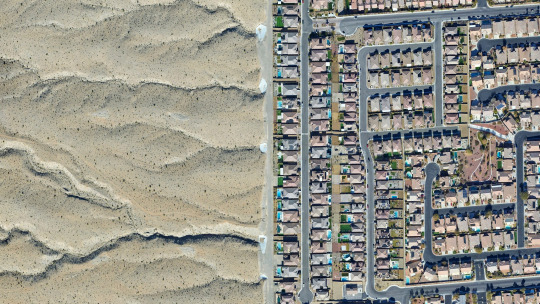
Las Vegas, Nevada
609 notes
·
View notes
Photo

Emmanuel Monzon / Urban Sprawl – Emptiness / Photography / 2016
795 notes
·
View notes
Text

photo: David Castenson
551 notes
·
View notes
Text
The Urbanist Nightmare That Is Our Current Reality
Watch and scroll as Youtube urbanist Not Just Bikes explains the concept of a STROAD; a literal blight on the US urban/suburban landscape that is also probably where you live…
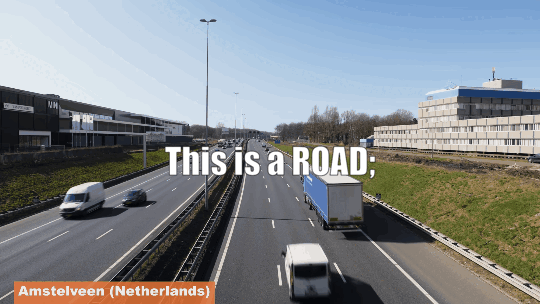
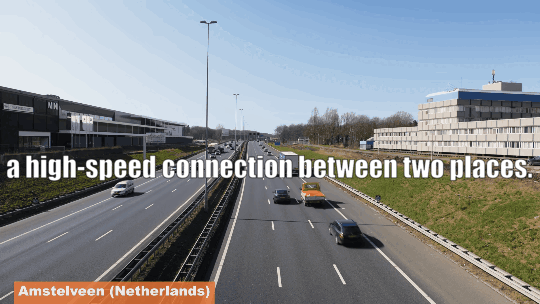


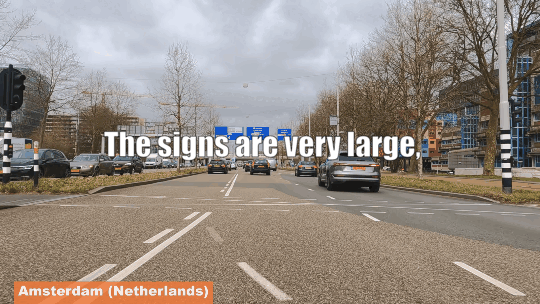
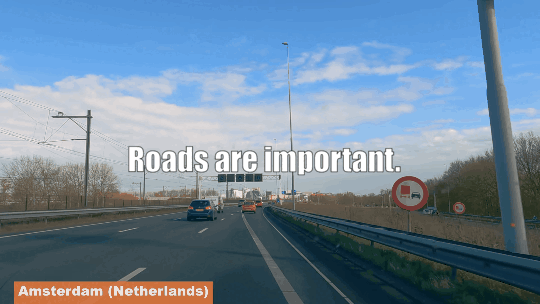





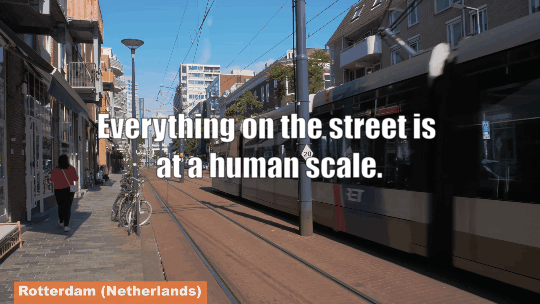






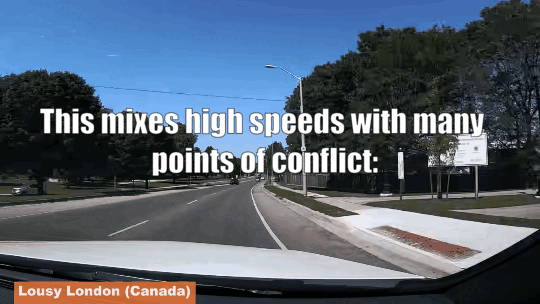


Watch the full glorious video HERE
#politics#the left#video#youtube#gifset#long post#not just bikes#orange pill#left urbanism#urbanism#progressive#progressive movement#urban sprawl#urban planning#suburbia
1K notes
·
View notes
Text
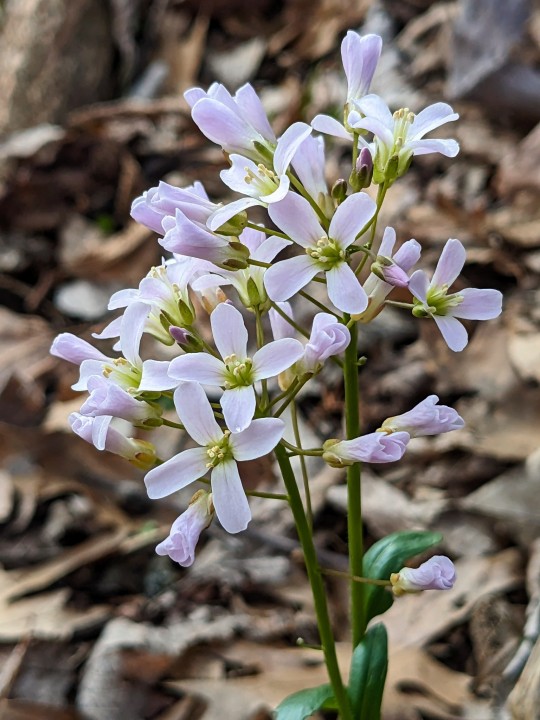

Purple Cress
Cardamine douglassii
Also known as Limestone Cress, this species in the mustard family features clusters of light purple flowers in early spring and can be found in wet and swampy forests with calcium carbonate rich soils. It's native to parts of the eastern United States and southern Ontario, Canada.
The plants I photographed are part of an isolated population remaining in a tiny bottomland forest remnant in St. Charles County, Missouri. Unfortunately, the rest of the forest has been lost due to suburban sprawl and what little of it remains has many invasive species, including winter creeper, callery pear, and japanese honeysuckle trying to encroach from surrounding developments and outcompete native plants like this one.
March 12th & 13th, 2024
St. Charles County, Missouri, USA
Olivia R. Myers
@oliviarosaline
#botany#cardamine douglassii#cardamine#purple cress#bittercress#brassicaceae#nature#naturecore#forest#fairycore#woods#missouri#native plants#native flowers#forests#hiking missouri#suburban sprawl#urban sprawl#ecology#plants#flowers#wildflowers#purple flowers#native plants of america#forest floor#bottomland woods#bottomland forests#nature photography#flower photography#spring
36 notes
·
View notes
Text
We've known that car-centric urban design was a climate killer for decades. Can we finally act?
Darin Givens | July, 2023

Monday was Earth’s hottest day in at least 125,000 years. Tuesday was hotter.
Many factors contributed to this, one being car-oriented sprawl. Even though this is something we’ve known for decades, we’ve largely failed to treat urban design as the climate-action tool it is.
That needs to change, and following through on that change will require acknowledging our past mistakes.
I’ve received comments over the years from people who were city leaders and planners in previous decades, arguing that the decision to treat car-centric sprawl as a fine option for our urbanism was a perfectly understandable thing at the time.
They’ve argued that car-centric placemaking, and low population densities in the city, were OK things to accept because they were a ‘preference’ & many cities did the same.
I call BS.
Rachel Carson’s Silent Spring existed. Emissions from cars were a known problem long ago.
The triggers of highway-driven sprawl were obviously racism and classism to anyone who cared to spend a sober few minutes thinking about it.
Were cities in decline? Yes. But were they fixable 50 years ago? Yes. Jane Jacobs, William H. Whyte, & more had written the solutions.
I’m not saying this just to shame the leaders of the past. This is a call to recognize how serious our mistakes were in our urbanism, how heavily those mistakes are connected to the carbon emissions that have contributed to the climate crisis, and how crucial urbanism is now.
Leaders have all the info they need to craft an urban design that addresses the climate crisis. Data on the lower carbon footprints of compact places is easily available.
Every decision that affects our built environment matters a great deal. The big ones & small ones.
73 notes
·
View notes
Text

Most average life of a north american urbanist (me)
#urbanism#strong towns#urban planning#infrastructure#walkable cities#walkability#urban sprawl#cars suck
49 notes
·
View notes
Text

State & Randolph.
Shot on Kodak Ultramax 400.
#photographers on tumblr#chicago loop#chicago photographer#chicago#downtown chicago#chicago theatre#street photography#candid photography#cityscape#city life#urban fantasy#aesthetic photography#urban photography#urban photoshoot#urban living#urban sprawl#urban life#urban landscape#urban#city living#street pics#streetphotography#streetlife#streetscape#street life#street portrait#street fashion#street style#street#street art
13 notes
·
View notes
Text


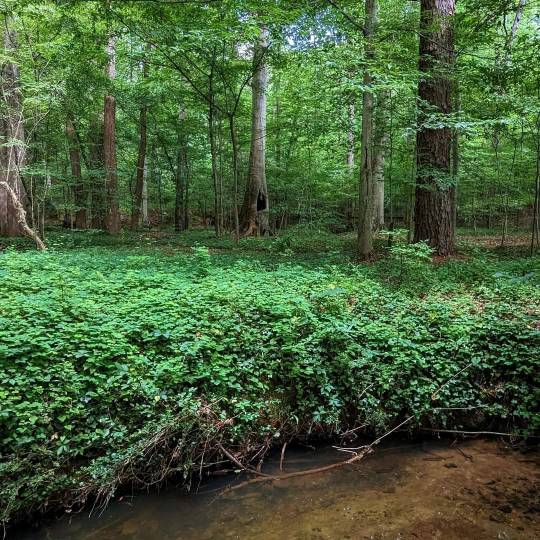
I took a walk in a forest today and was reminded of the precious Georgia Piedmont that needs to be protected from urban sprawl.
Compact forms of development, and infill growth, should be the rule throughout the Atlanta region -- along with affordable walkability. Our use of land should lift up humanity while also protecting natural ecosystems.
Enormous damage has already been done in terms of forest loss and fragmentation through our urban sprawl in the Atlanta region. And it's still happening. The need for policy that prevents further sprawl is crucial.
From 'The impacts of Atlanta’s urban sprawl on forest cover and fragmentation', Matthew D. Miller, Applied geography 2012 v.34:
"Urbanization of the counties surrounding the city of Atlanta, GA resulted in broad deforestation and forest fragmentation of the region...enabling individuals to live in areas converted from forested areas to suburban expressions of the American Dream. This sprawl development of the region has come at the expense of habitat integrity and poses complex environmental conservation issues for the metro Atlanta counties."
#atlanta#forest#sprawl#urban sprawl#urban planning#compact growth#urbanism#eco-urbanism#compact cities save forests#urban density is climate action#stop sprawl
28 notes
·
View notes
Text
Projections for more sprawl in Atlanta should be a call to action for better urbanism
Darin Givens / February 18, 2024
According to Atlanta Regional Commission's forecast, the fastest-growing counties in the region through 2050 will be the ones of the fringes, such as Forsyth, Barrow, Paulding, Cherokee, Walton, and Coweta.

This is nothing to celebrate. It should, in fact, be a call to action for all regional leaders. Our growth should happen primarily in places that can provide walkability, transit service, and compact-footprint developments.
Continuing to sprawl outward in a car-dependent format is the wrong move for sustainability, and the wrong move for equitable outcomes. Urbanized spaces that are near transit lines, and that have a politically-viable roadmap for infill density, should be shouldering the heaviest load in terms of our growth.
The City of Atlanta should be a leader in sustainable growth for the region by enacting neighborhood rezoning that allows for sensible density, particularly near transit stops, and through street redesigns that prioritize alternatives to personal-car trips.
Don't accept these projections from ARC as being inevitable. For our own sake, and for the sake of future generations, we need to change that narrative and shape a better future.
9 notes
·
View notes
Text
I don't like cities. Just, as a personal thing. I don't like the concrete and the glass and the lack of green. Brick and stone by the sea is the most I'd be able to tolerate in the long term. When it comes to what urban spaces are available nowadays, at least.
Now, this isn't an argument for suburbia. It isn't an argument for decentralized rural living everywhere. My stance on urban vs suburban vs rural is that the higher population density we can get while still maintaining physical and mental health and happiness, the better.
So why complain about the concrete jungle? Because to fulfill that bit about health and happiness, we need to shape the spaces we build to live in to better accommodate that. Solarpunk, to use a vaguely applicable buzzword. Alongside the destruction of car dependency, we need to start a revolution in architecture and aesthetic. Flowers, trees, grasses, shrubs, vines, and of course all manner of food producing plants. All native to the region, providing habitats to little beasties and bugs, as well as greatly increasing the amount of color and life in the city. Color is important. Hang out fiber arts made to weather the outside. Paint murals on the walls. Make the world we live in art. Clean up the air and let it stay clean. Work to reduce light pollution. Let the wild places grow wilder, and bring nature into our homes to rest on the doorstep.
It's a pipe dream today and tomorrow and the day after, especially if you're taking inspiration from solarpunk concept art. There's a lot of infeasible ideas floating around there, ones with far more aesthetic than sense. But as we reduce urban sprawl, and build denser, more environmentally friendly homes for ourselves, they don't have to be ugly. They don't have to be depressing hunks of concrete and steel. That's all I'm saying.
#walkable cities#urban sprawl#urban spaces#leftism#suburbia#environmentalism#I just want to have trees man#and clear skies#and maybe a flower to smell#is that so hard to ask
38 notes
·
View notes
Photo

Emmanuel Monzon / Urban Sprawl – Emptiness / Photography / 2017
213 notes
·
View notes
Text

Cascades and Forest, 1960s
Bruce Thomas
44 notes
·
View notes
Photo
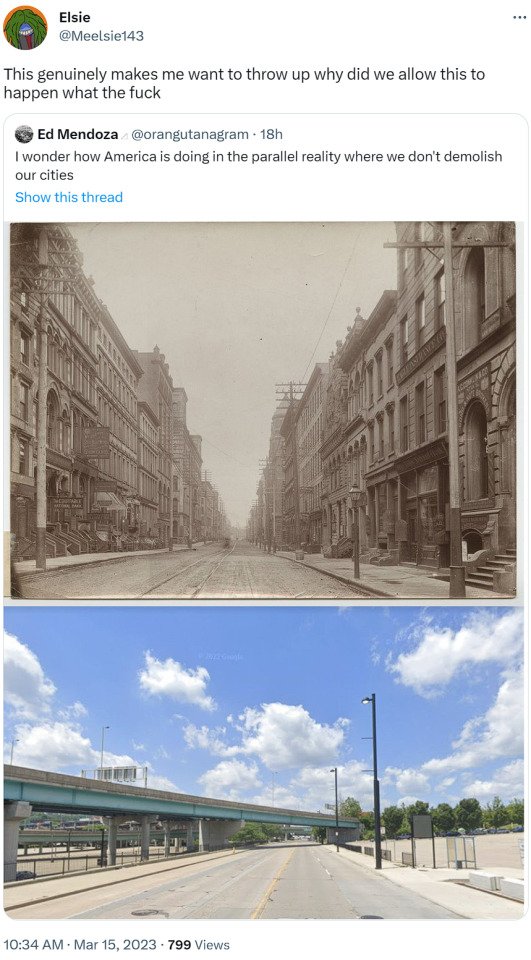

@meelsie143
579 notes
·
View notes
Text
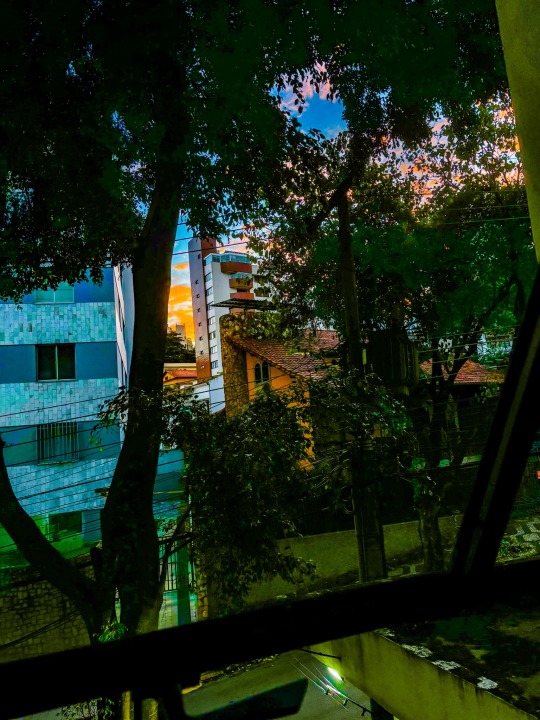
A glimpse from my bedroom window at 5:56 a.m. today, March 24, 2024, reveals a captivating scene. As the city slowly awakens, towering skyscrapers stand against the serene backdrop of dawn, while lush trees provide a natural contrast to the urban landscape. The soft hues of the early morning sky cast long shadows, creating a tranquil atmosphere that hints at the promise of a new day.
Photo taken and edited by me. Please seek permission before copying or reproducing. For inquiries, contact me directly. Thank you for understanding and respecting my work.
#Belo Horizonte#Brasil#Brazil#Minas Gerais#City awakening#Twilight hour#Office towers#Sunlight#Urban sprawl#Branches#Tall buildings#Sky glow#Dawn chorus#Concrete jungle#Nature#Tranquility#Metropolis#Early hours#Sunrise#High-rises#Horizon#Foliage#Downtown#twilight#Shadows#Skyline#Architecture#Morning#Cityscape#Silhouette
3 notes
·
View notes
